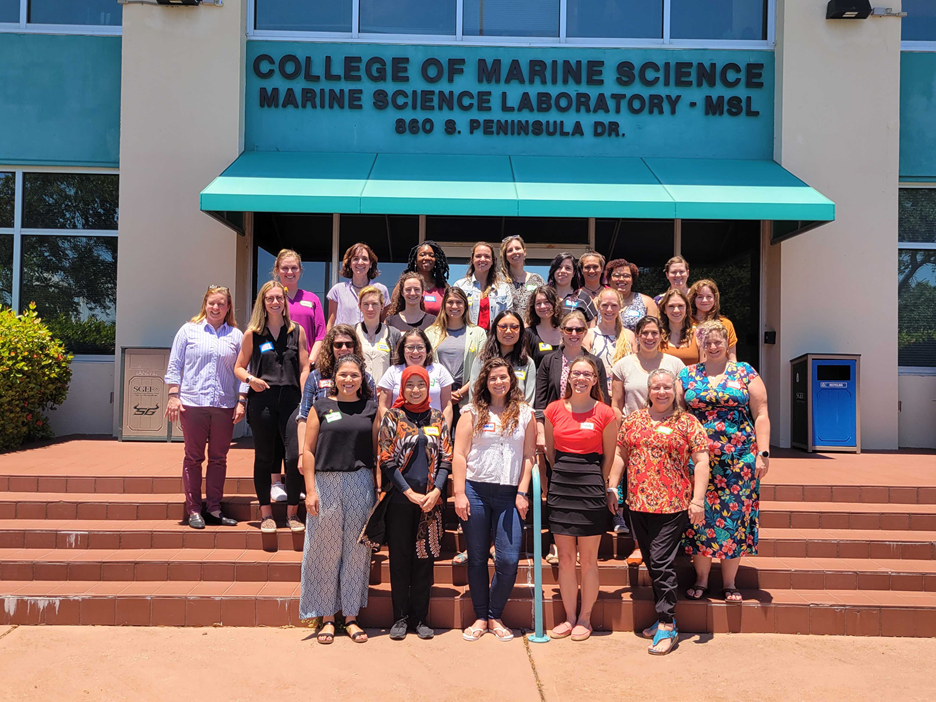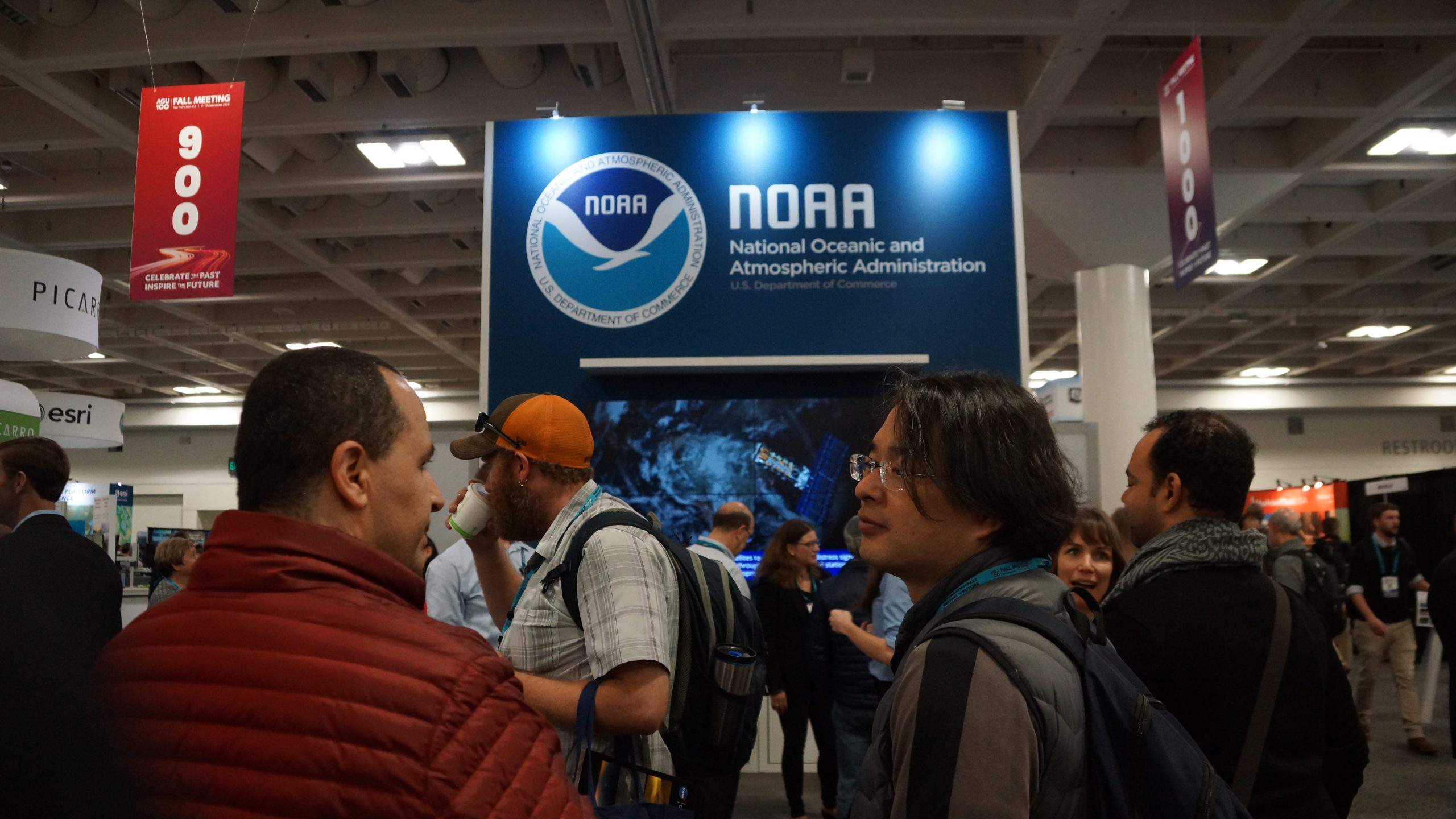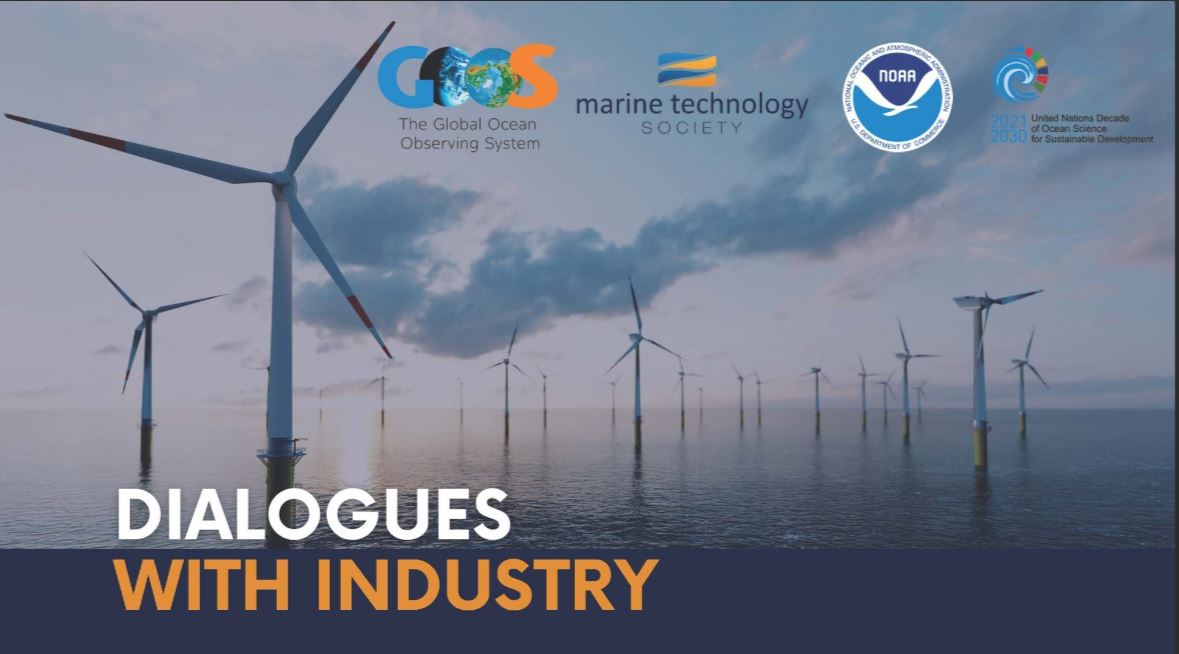AeroCom is an open international initiative of scientists interested in the advancement of the understanding of global aerosol properties and aerosol impacts on climate, weather, and air quality.
Sept 23-28: GSD scientist Georg Grell will present at the 18th AeroCom meeting in Barcelona, Spain. AeroCom is an open international initiative of scientists interested in the advancement of the understanding of global aerosol properties and aerosol impacts on climate, weather, and air quality. A central goal is to more strongly tie and constrain modeling efforts to observational data from satellite, ground-based, and aircraft observations. A major element for exchanges between data and modeling groups are annual meetings of AeroCom together with the satellite data oriented initiative AeroSAT. In addition to the comparisons among models and between models and data, AeroCom initiates and coordinates model experiments to target particular research topics, leading to joint research papers of synthesizing character.Grell will present “Development and Application of Global Aerosol Forecasts using NCEP’s Online Coupled Model GEFS-Aerosol.”
Abstract: FV3GFS, NCEP’s Next Generation Global Prediction System, was coupled online with aerosol modules from the Goddard Chemistry Aerosol Radiation and Transport model (GOCART) as well as WRF-Chem’s biomass burning plume rise model. This online modeling system will replace the current operational NEMS (NOAA Environmental Modeling System) GFS Aerosol Component (NGAC) at NCEP (planned in 2020). It will be placed as an ensemble member in the Global Ensemble Forecast System (GEFS), and is named GEFS-aerosols. At NOAA ESRL, real-time experimental aerosol forecasts are produced and evaluated at ~25km horizontal resolution globally from the surface to the top of atmosphere. We have tested two different global anthropogenic emission inventories from Community Emissions Data System (CEDS) and Hemispheric Transport of Air Pollution (HTAP) v2. During the fire season of 2019, we also apply different fire emissions and plume-rise configurations to investigate the fire event and the pollution transport of smoke plumes. Real-time forecast experiments are evaluated using satellite observations and AERONET data, as well as aircraft measurements from the Atmospheric Tomography Mission (ATom-1) field experiment. This talk will introduce the modeling system and show initial evaluation results.



